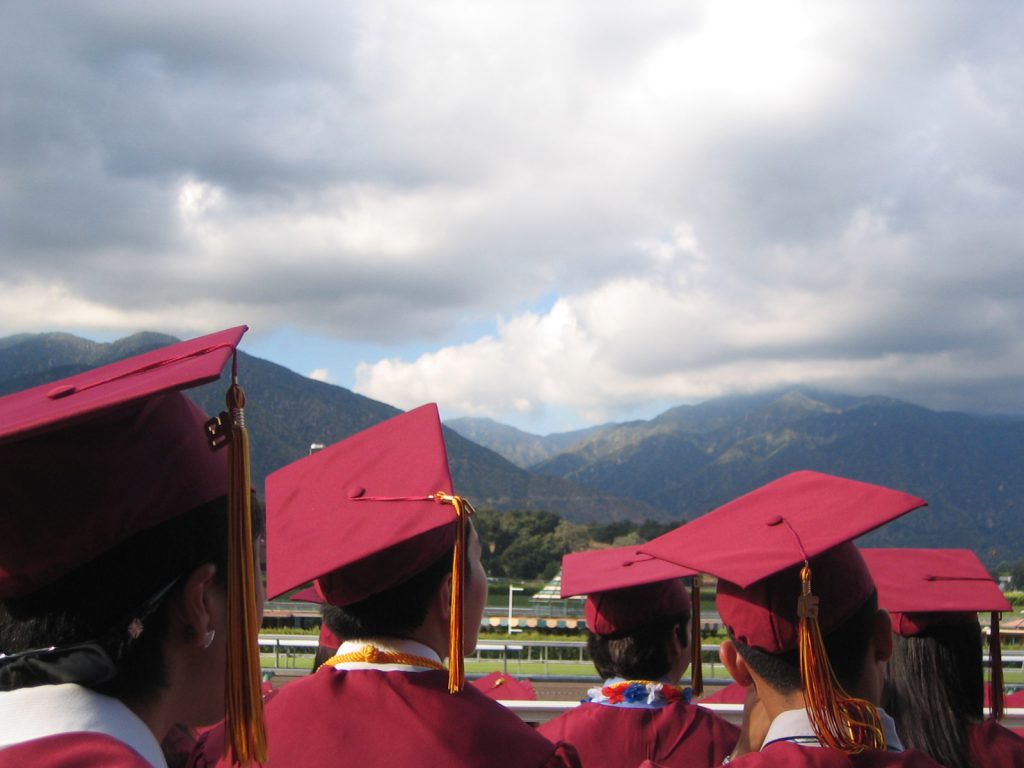Although I would like to enjoy the music most students today listen to, I confess that–like most people–I am a creature of the social and cultural world of my youth. One of my favorite songs was a classic anthem to free love by Stephen Stills, “Love the One You’re With.” The refrain contains the line, “And if you can’t be with the one you love, honey, love the one you’re with.” Stills makes the point that it is not always easy to accept a new normal, but sometimes you should just make do.
While there are new norms in college teaching today that should be questioned and rejected, today’s students are a new normal that we need to embrace.

How have students changed since, “Love the One You’re With,” climbed the charts in the 1970s? In 1973, about 45% of high school graduates went to college, and of those, about 60% graduated with a bachelors degree within 6 years. Today, 70% of high school graduates attempt college, but a little less than 50% graduate within 6 years.
There are 3 types of students going to college today–top, middle, and low performing. In 1973, you would have seen the first (top) and second (middle), but rarely the third student. The increasing number of low performing students entering college has contributed to the falling graduation rate of the last 40 years.
The third category of student, the low performing student, did not need to go to college forty years ago because there was gainful employment for the non college-educated. That labor market has been globalized and automated out of this economy. Without educated labor skills, the third student will not obtain the employment that lifts him or her into the middle class. He or she hovers around the poverty level and, in a very disturbing recent trend, cannot afford to form a family. Either the student joins the working poor or gives college a try.
What happens in college to the students in the third category? Most are simply weeded out as part of the national 52% dropout rate. Over 20% of all students who drop out do so during the freshmen year and then another 30% in subsequent years. While many things contribute to the dropout rate, the core problem is that entering students do not have college-ready skills in reading, writing, computing, and problem solving. In fact, the average student arrives in college 3-4 years behind, with specific weaknesses in writing and problem solving.
The college professor’s responsibility to these struggling students can be hard to realize, especially if the professor is used to and has come to expect the college-ready students of the 1970s. Professors can either accept the dropout rate as reality or rethink their teaching strategy to help give students the tools and skills to graduate.
The latter route is worth the trouble. Raising the national graduation rate by 10% would translate into two extremely important moral outcomes the nation needs:
- First, it will help arrest the trend of the decline of the middle class.
- Second, it will improve America’s record on social mobility, something that has been declining for the last 30+ years.
That 10% goal is not unrealistic. It does not capture up all of the third category of student who may sadly already be too far behind. The goal can be met when professors rethink those crucial first two years of college. Instead of waiting for the good old days of classes full of college-ready students, we should learn to love the almost, nearly, could-be college-ready students we are with.
